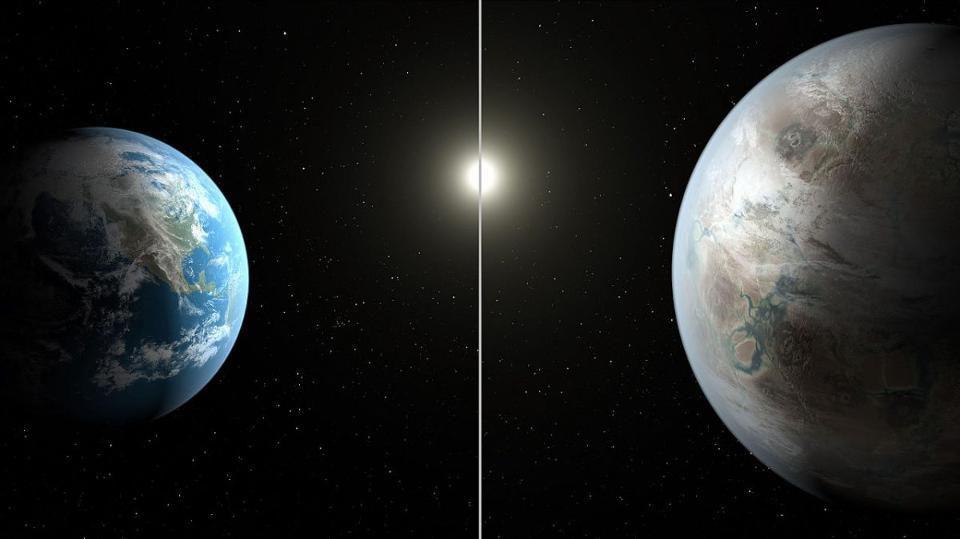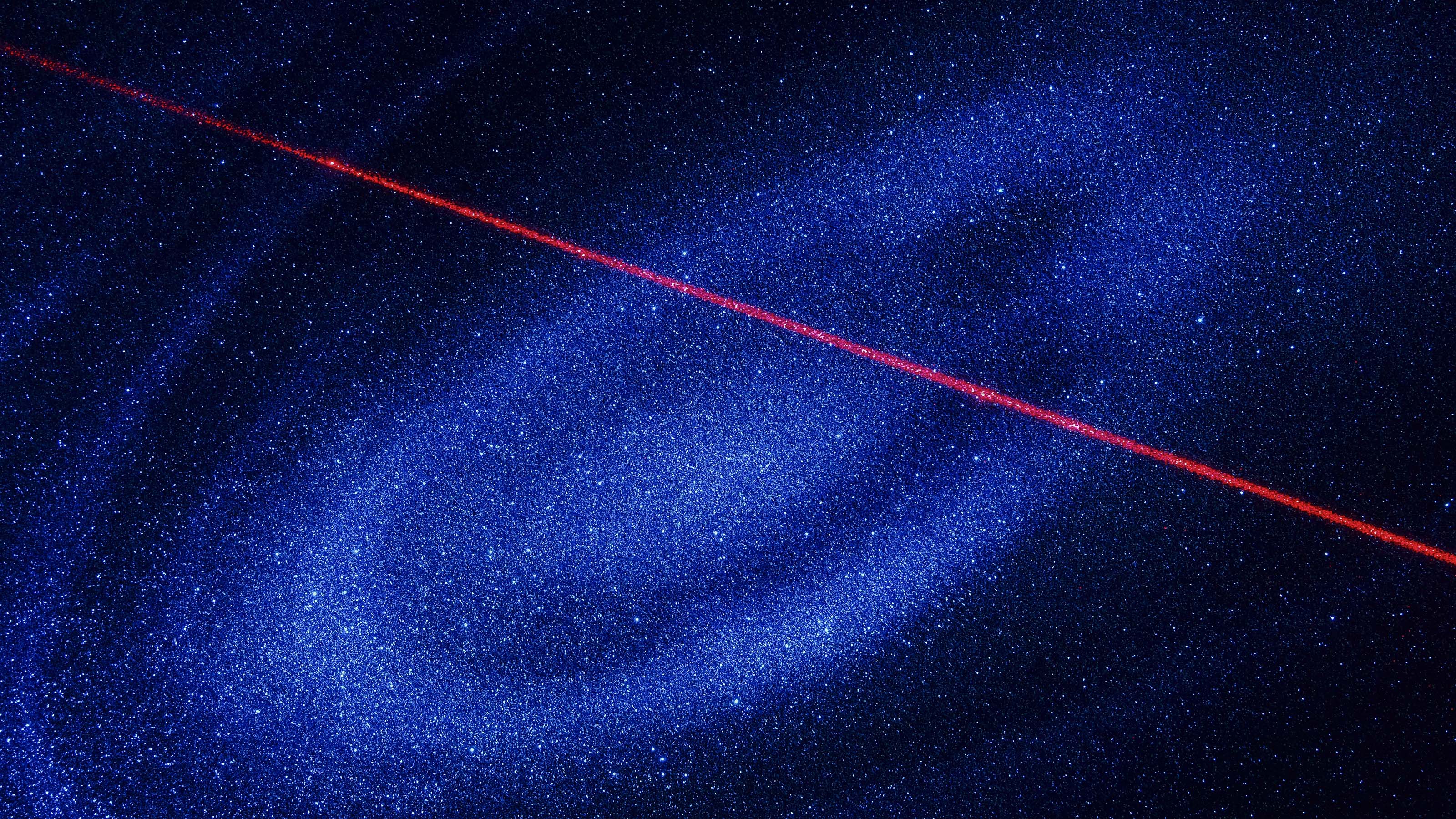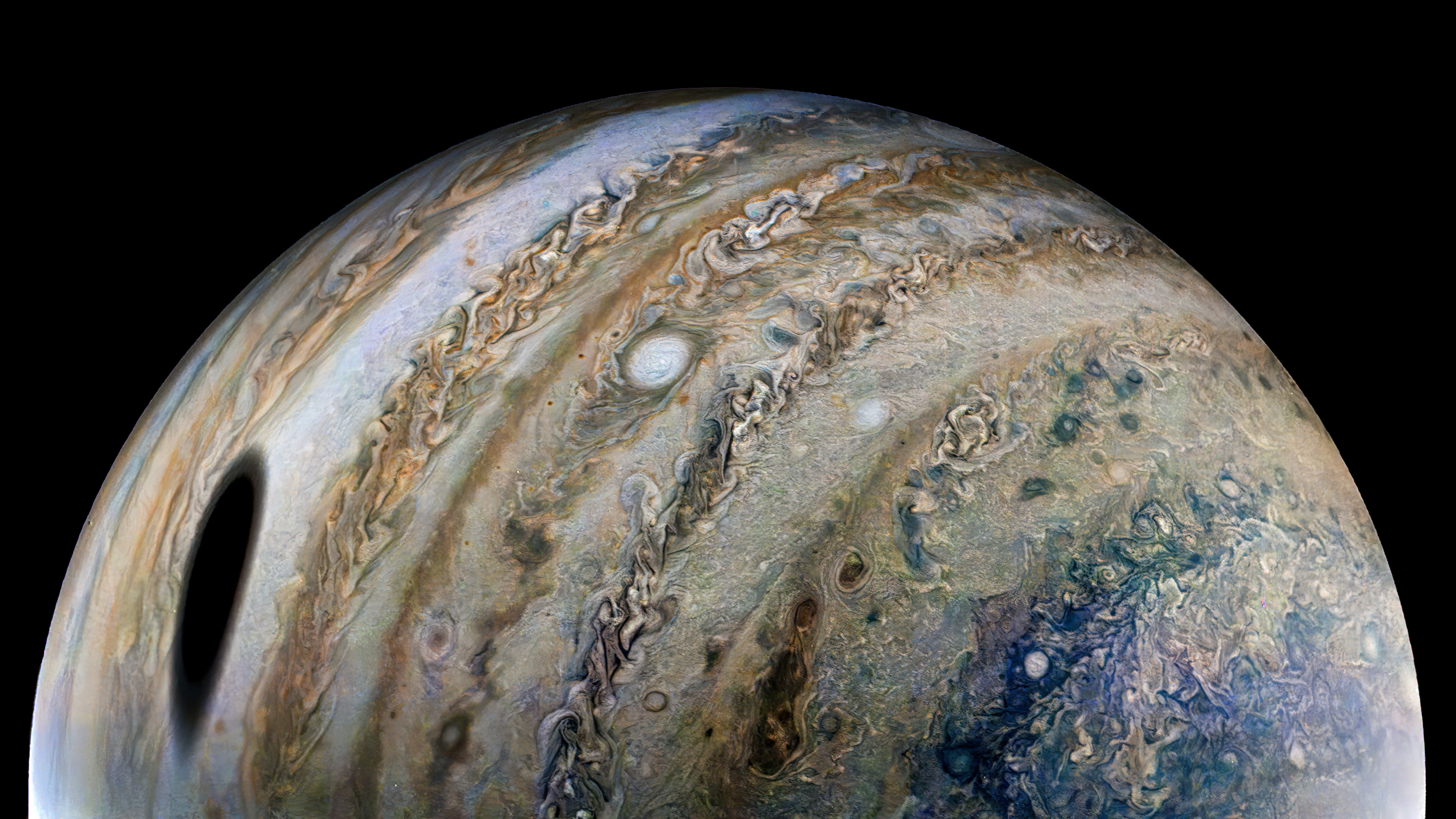From fusion to exoplanets: How to squeeze matter with light

- Scientists are studying ultra-high-pressure regimes in the Universe, not through traditional means like physical compression, but by using lasers.
- The Laboratory for Laser Energetics at the University of Rochester uses a powerful 60-beam Omega laser system to deliver concentrated energy to targets, mimicking the conditions of exoplanet interiors and star centers.
- This laser system works by superheating the target's outer layers causing an explosive effect that generates a shock wave, driving matter into high-pressure states.
The most interesting parts of the Universe are under pressure — a lot of pressure. Deep within planets, especially exoplanets like massive super-Earths, gravity crushes matter into exotic forms not found on planetary surfaces. At the center of stars, the pressures are so high that hydrogen atoms are squeezed tightly until they fuse into helium, releasing energy in a process called fusion that keeps the Sun shining.
The key role that ultra-high pressures play in shaping nature’s most important processes requires scientists to push continually at the frontiers of technology. It is, therefore, ironic that these days my colleagues and I study the Universe’s high pressures not by squeezing matter with steel plates or diamond anvils, but with that most incorporeal of substances: light.
A light squeeze
It might seem strange that light can be used to crush samples of matter to densities found at the center of a giant exoplanet or star. After all, no one has ever been pushed down the street by a sunbeam. So how do scientists convert light to pressure? The answer is that they don’t use just any old kind of light. They use lasers — very big lasers.
About a mile or so from my office at the University of Rochester’s Physics and Astronomy Department, there is a huge building housing the Laboratory for Laser Energetics (LLE). There, you will find the 60-beam Omega laser system that is a beautiful example of Big Science. Firing once an hour, Omega can deliver up to 60 terrawatts of power to targets placed at the center of an immense soccer ball-shaped chamber studded with instruments. The LLE is also home base for the Center for Matter at Atomic Pressures, a National Science Foundation program that I am a part of that uses the LLE’s lasers to, among other things, push the frontiers of exoplanet interior science.
What happens inside that target chamber that allows Omega to explore high densities? Laser light is coherent, which means it is made up of electromagnetic waves of a single wavelength. This is different from what comes out of, say, a light bulb, which emits light of many wavelengths (i.e., “white” light). The coherence of laser light means a focused beam can deliver extremely high energies to a small target in very short periods of time. It’s the delivery of so much power (energy per time, such as Joules per second) that gives Omega and laser systems like it the punch they need to drive matter to high pressures.
From laser to pressure
But the link between the intense lasers and high pressure is not direct. Instead, it requires a critical intermediate step.
When the lasers hit their target, they couple to the matter by dumping energy into the random motions of the matter’s constituent particles (like electrons). These random motions are, essentially, heat. The lasers rapidly superheat the outer layers of the target, which respond by blowing material outward as in an explosion. Just like a rocket, however, these explosions can be tapped to drive directed motion. In this case, a strong shock wave can be driven in the opposite direction of the explosion — that is, into the target. As the shock wave, traveling at tens of miles per second, rips through the target, it squeezes matter to densities that could not be achieved any other way. Even though it may take only nanoseconds for the shock to traverse the target, that’s long enough for all those sensors and diagnostics arrayed around the target chamber to capture details about the material in these exotic high-pressure states.
The use of this kind of “rocket effect” is also the basis of how scientists achieved their first ever break-even fusion experiments at the National Ignition Facility laser system at Lawrence Livermore National Lab (NIF is LLE’s big brother). For the fusion studies, lasers are fired at a tiny spherical capsule (the size of a BB) containing a hydrogen isotope. The capsule’s outer layers then “ablate,” meaning heat generated by the lasers blows off the outer shell. The ablation acts as a kind of spherical rocket motor pushing the capsule into collapse — an implosion — and squeezing it until the hydrogen fuses into helium.
So, light can be turned into heat, which can then be turned into motion, and the effect of that motion can be turned into a big squeeze. It is an elegant method requiring big machines that can focus on very small targets, giving scientists deep views into the pressures that shape the Universe.





